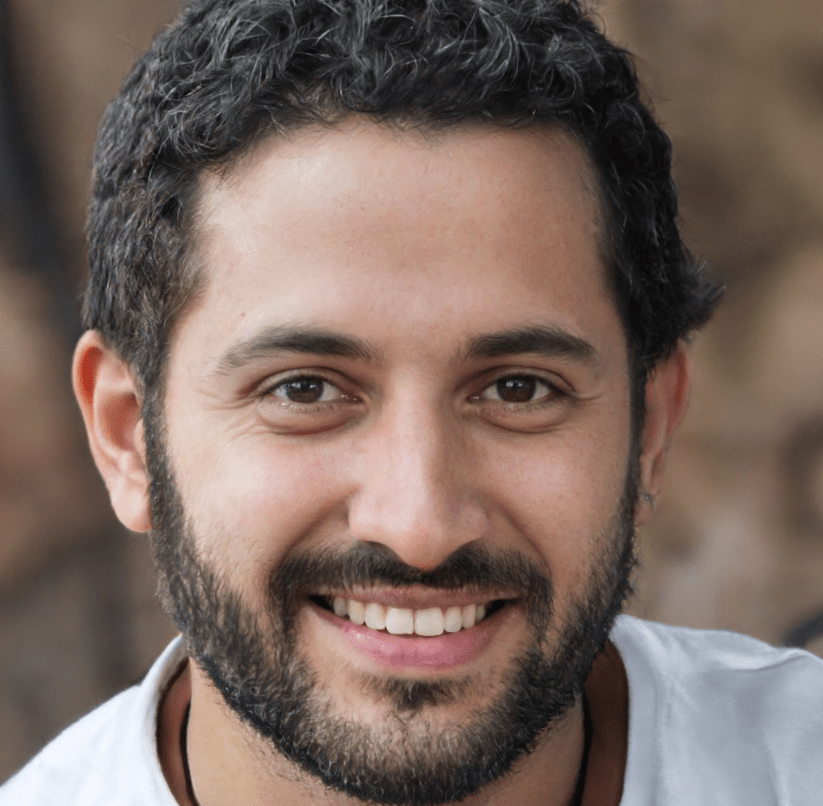What Anxiety Feels Like
Anxiety doesn’t always shout it hums under the surface. That low grade buzz in your chest, the way your thoughts won’t settle, and the constant feeling like you’re missing something important. It can show up as your heart racing after a simple email or zoning out during conversations because your brain’s juggling too many tabs at once.
There’s a difference between everyday stress and chronic overwhelm. Stress is response based: it kicks in when you’ve got a deadline or a tough conversation ahead. It fades once the pressure lifts. Overwhelm, though, sticks. It’s when your nervous system doesn’t get the memo that you’re safe. It lingers, making even small tasks feel massive.
Blame your fight or flight system. It’s ancient built to keep you alive in the wild, not cope with Slack notifications and nonstop news. When anxiety takes over, your brain flags ordinary things as threats. You can’t think clearly, breathe deeply, or stay grounded. You’re in survival mode, even if nothing’s actually chasing you.
Recognizing this isn’t just about awareness. It’s the first step toward breaking the loop and getting your brain back to a place where it can finally exhale.
How Meditation Helps
Meditation pulls your nervous system out of overdrive. It does this by shifting your brainwaves from fast, anxious patterns into slower, calmer rhythms. You may not feel it happening, but under the surface, your body is hitting the brakes.
This kind of mental gearshift has a ripple effect. As your nervous system slows down, your focus sharpens. Thoughts stop bouncing around like ping pong balls. You’re more able to sit with what’s in front of you without mentally checking out or spiraling.
Even a few minutes a day teaches your body how to reset. It’s like practicing an emergency exit from mental chaos. The more you do it, the quicker you recognize anxiety creeping in and the faster you can shift gears.
Over time, meditation builds internal strength. You’re not just avoiding overwhelm; you’re becoming less reactive to it. Think of it as strength training for your emotional life. The storms still show up but they don’t knock you over the same way.
Basic Meditation Techniques That Work

When anxiety hits, simple is best. These basic techniques don’t require years of practice or a perfect environment just a few minutes and a willingness to try.
Breath Awareness
This is meditation 101. Sit quietly, close your eyes if it feels comfortable, and focus on your breath. Inhale. Exhale. That’s it. Your mind will wander. That’s normal. Just bring it back to the breath each time. This helps anchor your attention and tells your body it’s safe to let go a little.
Body Scan
Lie down or stay seated. Slowly shift your focus through your body from head to toe or the other way around. Notice tension, warmth, coolness, or anything else without trying to change it. This practice grounds you in the present and can reduce physical symptoms of stress.
Mantra Repetition
Choose a short phrase like “I am calm” or even a single word like “peace.” Repeat it silently as you breathe. If your thoughts get noisy, let the repetition bring you back. The point isn’t to block out your mind but to gently guide it.
Guided Meditations
Great if you’re unsure where to start. Use an app or find clips online. A calm voice directs your attention usually combining breath focus, visualization, and encouragement. Guides add structure, which can help if sitting in silence feels overwhelming.
Start with the one that matches your energy that day. The goal isn’t enlightenment it’s some space from the noise, even if it’s just for five minutes.
Making It a Daily Practice
Start small. That’s the rule. You don’t need a mountain retreat or 30 free minutes. Just 3 to 5 minutes each morning or evening is enough. The key is showing up.
If silence feels heavy, don’t sit in it. Use a meditation app or calming instrumental music to guide the process. Whatever keeps you consistent. The more familiar the rhythm, the easier it gets.
Habit stacking works. Link meditation to something you already do right after brushing your teeth, brewing coffee, or shutting your laptop for the day. It helps the practice feel automatic, not like another thing on your list.
And when your mind won’t shut up? Good. That means you’re human. It’s not about stopping thoughts it’s about noticing them without chasing them. Let the noise pass. That’s meditation doing its job.
Going Deeper with Mindfulness
Mindfulness isn’t just sitting still on a cushion it’s a way of paying attention to your life, as it happens. The next time you make coffee, fold laundry, or walk the dog, notice each step. Smell the beans, feel the fabric, hear your feet on the sidewalk. That simple act of awareness helps break the loop of anxious overthinking.
Mindfulness and meditation are often bundled together, but they’re not the same. Meditation is usually a set practice, often done in stillness, like focusing on the breath for ten minutes. Mindfulness is more flexible it’s about being present in any moment. You can be mindful folding socks or sitting on a train.
In the long run, mindfulness can train your brain to soften its grip on anxiety. Instead of reacting to every thought or physical cue, you start to observe them with curiosity. That space between reaction and response is where anxiety starts to lose power.
And if you’re looking for a deeper physical release, mindfulness can also support better rest. Check out this guide on mindfulness for better sleep to explore how slowing down helps the body restore itself.
When to Ask for More Support
Meditation can take the edge off. It trains your body to slow down, your mind to stop spiraling. But it’s not a magic fix for everything.
If anxiety keeps you up night after night, if panic comes out of nowhere, or you’re withdrawing from things you used to enjoy don’t white knuckle through it. That’s when it’s time to talk to a professional. A trained therapist can help untangle deeper patterns and point you toward tools suited to your unique situation.
The good news: meditation doesn’t clash with therapy. It complements it. A few minutes of breathwork before your session can help you be more present. A mindful evening routine can reinforce the work you’re doing in therapy. Small changes less caffeine, more sleep, daily movement can turn mental health support into a steady lifestyle, not just crisis control.
For more practical tools, check out this guide on mindfulness for better sleep to support overall calm and balance.


 Wellness Coach
Jake Beet is a certified wellness coach at Aura Nature Spark, specializing in personalized nutrition and fitness plans. With a background in exercise science, Jake is dedicated to helping individuals achieve their health goals through tailored programs that emphasize balance and sustainability. His engaging and supportive approach empowers clients to make positive lifestyle changes that last. Jake believes that wellness is a journey, and he is passionate about guiding others toward a happier and healthier future.
Wellness Coach
Jake Beet is a certified wellness coach at Aura Nature Spark, specializing in personalized nutrition and fitness plans. With a background in exercise science, Jake is dedicated to helping individuals achieve their health goals through tailored programs that emphasize balance and sustainability. His engaging and supportive approach empowers clients to make positive lifestyle changes that last. Jake believes that wellness is a journey, and he is passionate about guiding others toward a happier and healthier future.
